Ted pointed this out to me in a comment. We’ve met both Alan Snyder and Michael Weisend elsewhere on the blog. This video sums up nicely the areas they’re working in. Anyone else alarmed at the thought of there being a pressing need to fill drone pilot seats and that perhaps tDCS could cut training time in half?
Photo links to YouTube video.
Obviously we don’t have access to fMRI, yet. But the method Wesiend is demonstrating in the video certainly seems the way to go: Isolate the area of the brain used in the desired skill, and then apply tDCS to facilitate learning.
This is definitely a pattern-recognition type of experiment.
…When you are a novice, there’s low-level activation in the medial temporal lobes. But in experts, there’s very high-level activation. And so we targeted tDCS at these areas that increase activity in order to accelerate training. (This is context of drone pilot training)
I need help identifying and understanding this electrode setup. Note that it’s the same electrode being used in this shot from a Scientific America article discussing the same research. If there was an electrode in the middle of the cluster, that might be the Anode and the surrounding electrodes could be Cathodes (as seems to be what is developing around HD-tDCS). But a symmetrical 5 node electrode cluster is confusing me.
I was trying to understand why Soterix (Marom Bikson) would be developing devices that could administer 8 channels of tDCS simultaneously. Putting the pieces of these articles, papers, and videos together, it becomes pretty clear that tDCS, used to enhance training, especially in military (DOD) contexts, could be hugely profitable.
P.S. In this study, published in the Jan 2012 issue of Neuroimage, Weisend reports using fMRI to locate optimal tDCS application area. Unfortunately, it’s behind a paywall.
TDCS guided using fMRI significantly accelerates learning to identify concealed objects.
Anodal 2.0 mA tDCS performed for 30 min over these regions in a series of single-blind, randomized studies resulted in significant improvements in learning and performance compared with 0.1 mA tDCS. This difference in performance increased to a factor of two after a one-hour delay. A dose-response effect of current strength on learning was also found.


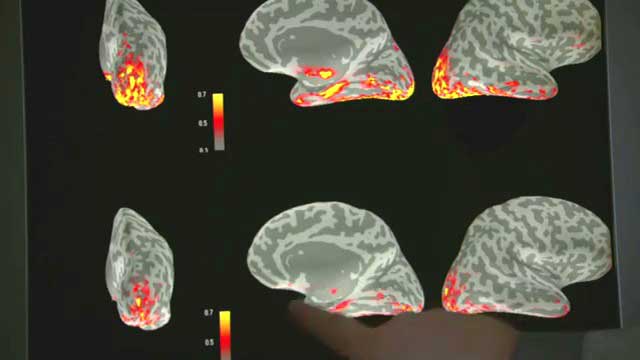
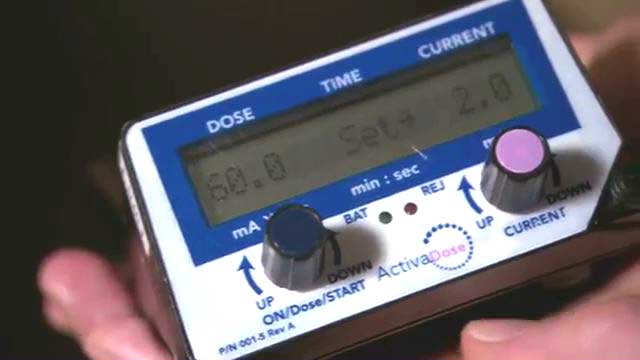
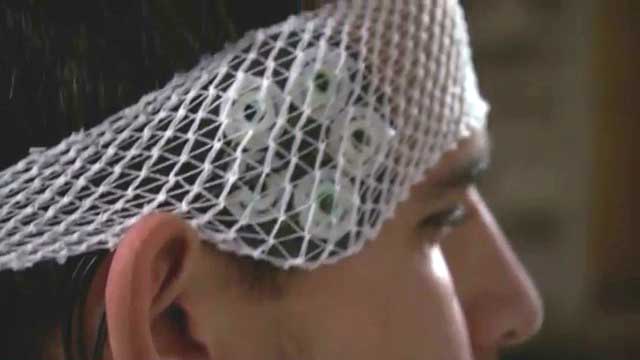
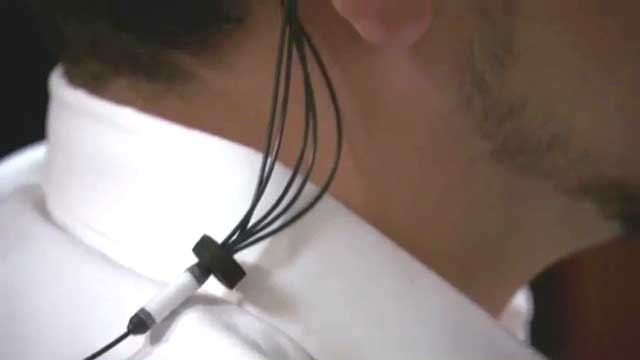
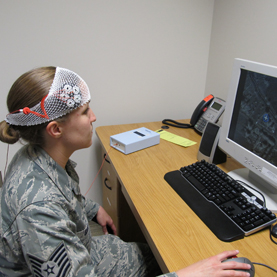
I think I might have a theory that might be of interest to you.. It involves my own brain and a lifetime of trying to figure this out.
Thank You Mike! Turns out that in the paper they were using standard type electrodes. Interesting that they placed the cathode on the upper arm. Some takeaways.
“An Iomed Phoresor PM850 was used to administer tDCS current. Square-shaped, 11 cm2, water-soaked sponge electrodes, held by a rubber casing, were applied to the scalp using elastic bandage material. The anode was placed on the scalp over the target location and the cathode was placed on the contralateral upper arm. Subjects were kept blind to a manipulation of current strength in the study.”
“For Experiment 1, the anode was placed over right inferior frontal cortex, centered nearby to electrode site F10 over the right sphenoid bone in 27 subjects.”
“For Experiment 4, the anode was placed over right parietal cortex in 12 additional subjects, centered at 10–20 electrode site P4, with current level set to 2.0 mA…”
“To our knowledge, no prior studies have attempted to use brain stimulation in order to accelerate learning of complex visual stimuli of the type found in natural scenes as we have done here.”
Discovered a copy of this article, don’t know if it’s of any use unless you have fMRI or something but I just skimmed.
The article behind can most likely be accessed for free from a university, this was one of the advantages of school, getting free science articles. The journal needs to be popular or the school big. Any student wants to volunteer?